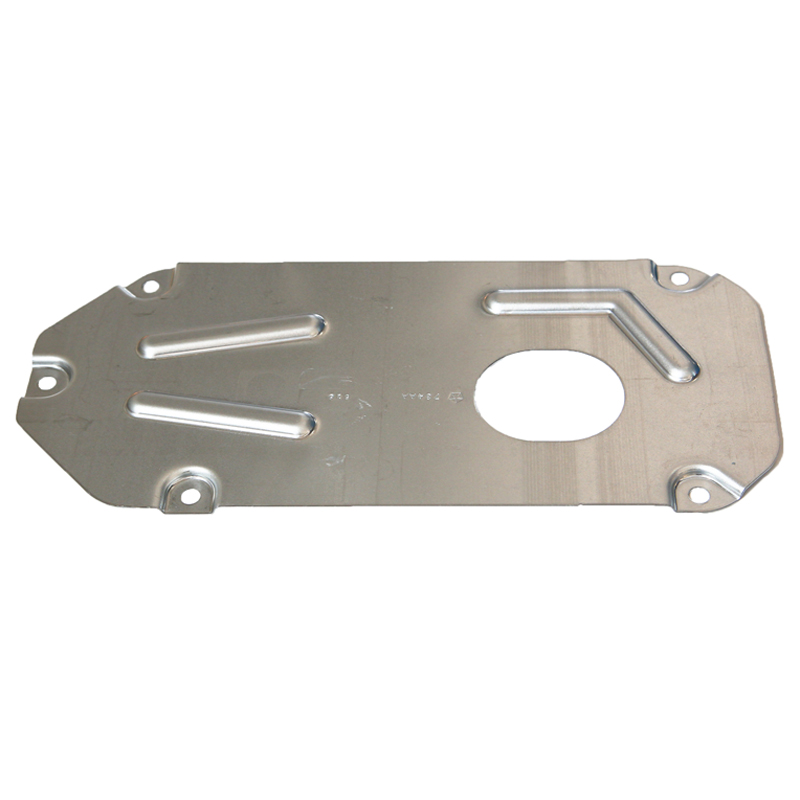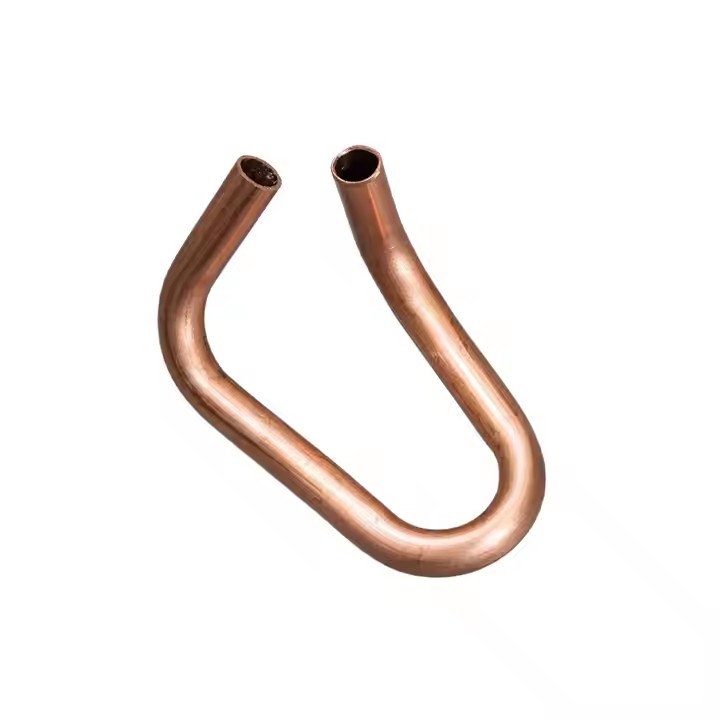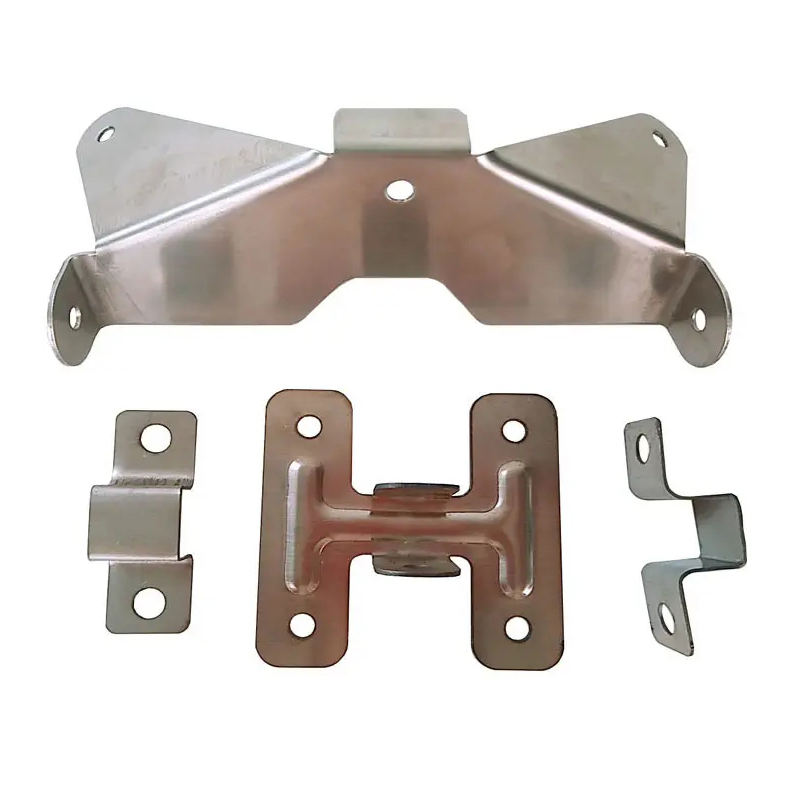Wholesale Cheap Replacement Aftermarket Car Parts
car parts, car parts wholesale, aftermarket car parts, auto car parts, replacement car parts. Quick customized on aftermarket car parts,just send us original samples or drawings.

car parts, car parts wholesale, aftermarket car parts, auto car parts, replacement car parts. Quick customized on aftermarket car parts,just send us original samples or drawings.

CNC bend factory provide cnc metal tube bending service CNC bending factory made in China Our factory provide cnc tube bending service CNC bending service available CNC Bend OEM Best quality cnc metal bending

Provide OEM ODM service for metal stamping,stainless steel stamping. Our factory has over 25 years of experience in precision sheet metal stamping. High volume metal stamping with factory price. High precision metal stamping made in China.
CNC (Computer Numerical Control) bending is a highly precise process used to bend metal or other materials into specific shapes and angles using CNC-controlled machines, like press brakes. These machines allow for highly accurate and repeatable bends, making it ideal for industries that require complex and consistent parts, such as automotive, aerospace, and manufacturing.
Key components of CNC Bending:
1. CNC Machine: The press brake or bending machine is controlled by a computer. It holds and bends the material according to the programmed instructions.
2. Tooling: The tools involved typically include a punch and die. The punch applies pressure to the material, forcing it into the shape of the die.
3. Material: CNC bending works with a variety of materials, most commonly metal sheets (like steel, aluminum, or brass), but also plastics and composites can be bent using specialized equipment.
4. Bend Angle: CNC bending machines are programmed to achieve precise angles, ensuring that the bend is exactly as specified, often with tolerances down to fractions of a millimeter.
5. Automation: The process is highly automated, allowing for rapid production runs with little manual intervention.
Advantages of CNC Bending:
Precision and Accuracy: CNC bending allows for precise angles and repeatability, reducing human error and improving part consistency.
Flexibility: It can handle a wide variety of materials and bend shapes, making it useful in diverse industries.
Time Efficiency: Since the machine is computer-controlled, it can perform complex bends quickly and without the need for manual adjustments.
Cost-Effective for Mass Production: Once the machine is set up and programmed, it can produce parts at a lower cost per unit over large production runs.
Types of CNC Bending Machines:
1. CNC Press Brake: This is the most common machine used for CNC bending. The press brake uses hydraulic or mechanical pressure to bend the material at specific angles.
2. CNC Roll Bending: This machine bends materials by rolling them over a set of three rollers to form circular or curved shapes.
3. CNC Tube Bending: Specifically designed for bending tubes or pipes, this machine ensures the material does not kink or distort during the bending process.
CNC Bending Process:
1. Setup: The operator loads the material into the CNC machine and sets up the necessary tools and dies. The part’s design and specifications are uploaded to the machine's controller.
2. Programming: The bending angles, material thickness, and bend radii are entered into the CNC machine's control system.
3. Bending: The machine applies pressure to the material according to the programmed instructions, performing the bends as required. Depending on the complexity, multiple bends may be executed in sequence.
4. Quality Control: After the part is bent, it’s usually checked for accuracy, ensuring that all dimensions and angles are correct.
Would you like to know more about the specific applications of CNC bending, or perhaps a deeper dive into the machinery?